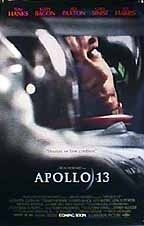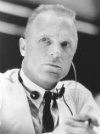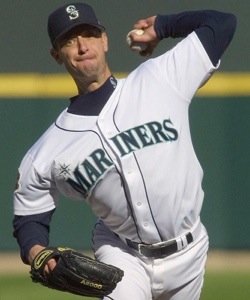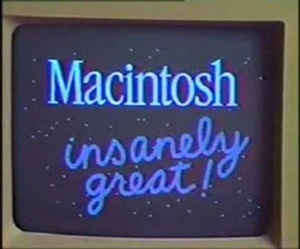A Disaster or Our Finest Hour? Sometimes It’s All In The Wording

Houston, we’ve had a problem.
On April 13, 1970 at approximately 10pm Eastern Time, 200,000 miles from earth an oxygen tank blew up on a small metal capsule flying through space. What happened next has become the stuff of space legend. Three astronauts in space and countless engineers on earth worked tirelessly for the next three days to bring the crippled spacecraft and it’s crew around the moon and back again.
In the 1995 film “Apollo 13” Ed Harris playing real life flight director Gene Kranz is talking to the director of NASA.

NASA Director: This could be the worst disaster NASA’s ever faced.
Gene Kranz: With all due respect, sir, I believe this is gonna be our finest hour.
I want to focus on Kranz’s response from a training standpoint.
Have you ever done the impossible? Or at least something really really hard? No doubt you had to first convince yourself you could do it. I once ran so hard I thought I was going to die. (Staring Into The Abyss.) I had to convince myself that no matter what else happened, I could keep running.
I love baseball. Jamie Moyer was one of the most successful pitchers in Seattle Mariners history.

(Photo credit: Seattle Mariners)
He holds the record for most wins by a Seattle pitcher, (145 wins against 87 losses.) He later won a World Series with the Phillies. What’s amazing about Moyer is that he throws very slow. In baseball terms, it nearly “rainbows” on the way to the plate. Guys who throw slow are typically not good Major League pitchers.
I heard an interview he did recently where he explained that early in his career when he was pitching and the catcher would call for a particular pitch, say a curveball, “I’d think, ‘I hope I can throw this for a strike.’ And of course, then I wouldn’t.”
The point was that until Moyer convinced himself he could throw strikes, there was no way he was going to convince anyone else. BTW, he figured it out. In fact, at 50 years old he was the oldest pitcher in Major League history to win a baseball game.
The key is often not what we can do, but what we think we can do.
Very early in my training career I took a class on how to be a trainer. Of course, we each had to get up and teach the rest of the trainers. One woman got up and started her presentation by saying, “This concept is kind of difficult to understand.” The instructor stopped her before she continued.
If you tell them it’s hard it will be.
My most successful course was on reading network traces. I’ve talked about it in this space before. (What Would It Take To Make You Love What You Hate?) Network traces are scary. Even to technical people, the traces are pretty dense and not easy to work with. But, the course didn’t focus on that. In fact, we barely even acknowledged it. Instead we focused on how much the students were going to love reading network traces when they finished the course.
More than once students took the course simply to try to be the example of a student who still hated traces after the course. None of them were. By first believing in the students, we convinced them to believe in themselves.
Jamie Moyer convinced himself that he was going to throw his pitches for strikes, and then he did it.
Gene Kranz convinced the Apollo 13 crew and support staff that they were going to be brilliant, and they were.
The late Steve Jobs, the founder of Apple told the developers of the Macintosh to make it “Insanely Great.”

And they did.
We have to first believe in ourselves and then convince our students to believe in themselves. If you can do that for your classes, you will help them find their own finest hour.
Rodney M Bliss is an author, columnist and IT Consultant. He lives in Pleasant Grove, UT with his lovely wife and thirteen children.
Follow him on
Twitter (@rodneymbliss)
Facebook (www.facebook.com/rbliss)
LinkedIn (www.LinkedIn.com/in/rbliss)
or contact him at (rbliss at msn dot com)

Trackbacks & Pingbacks